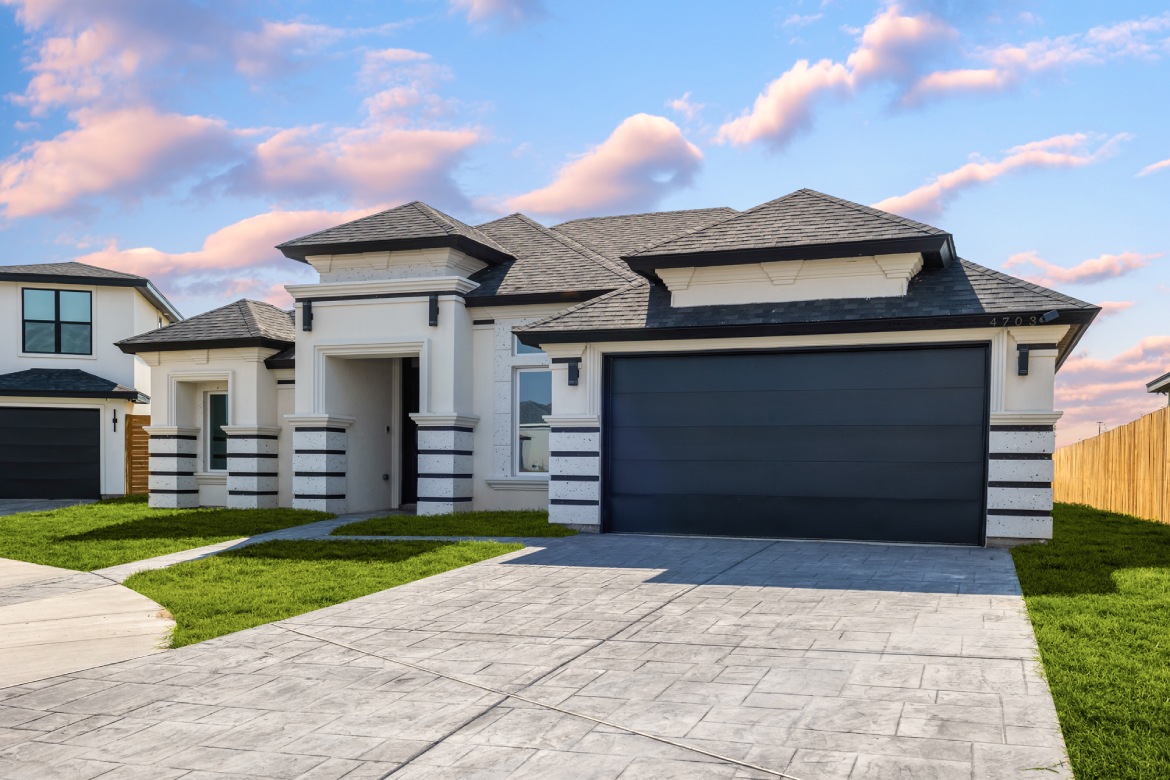Building your home from scratch is a moment of joy and self-accomplishment. You’re a few months away from having your own dream home in Rio Grande Valley. But as with most first-time homeowners, you lack the behind-the-scenes knowledge of home construction. If you’re unaware of this, there’s the risk of improper construction, bad design, potential overcharge, and even legal issues.
In reality, building a Rio Grande Valley custom home is a journey. It’s a journey that requires meticulous planning and sagacious accountability. In this article, let’s explore the entire journey from start to finish.
Planning and Permits
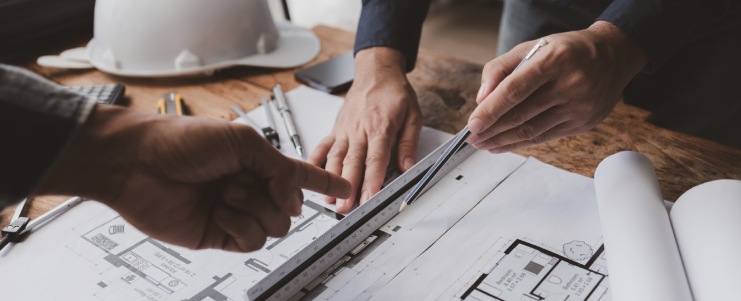
Before the first brick is laid and the shovel is put to the ground, building a home involves thorough planning. This is especially true if you’re building a custom home in Rio Grande Valley.
First things first, you’d need land. If you haven’t purchased a land already, you’ve got some shopping to do. Consider factors like size, elevation (flood risk), and proximity to amenities.
Lands in RGV (and the rest of the US) are linked to zoning laws. The Rio Grande Valley (RGV) doesn’t have one set of zoning laws. Each city and county has its own regulations, but many follow similar structures. Here’s what you need to know:
- Zoning Codes: Think of these as zoning maps that divide the city or county into zones. Each zone has specific rules about what kind of structures can be built there.
- Residential Zones (R-1, R-2, R-3): These zones are typically for homes. R-1 is the quietest, with large lots for single-family homes only. R-2 allows for duplexes or fourplexes, while R-3 might include low-rise apartment buildings depending on the specific code.
- Commercial Zones (C-1, C-2): These zones are designated for businesses. C-1 might be for smaller shops and offices, while C-2 allows for larger stores or warehouses.
- Other Zones: There could be zones for industrial uses, agriculture, or even open space.
When you’re obtaining permits, your home must comply with the zoning laws. Your home builder, with local expertise can assist further in this regard.
Once permits are done, then comes planning. This is where you and the builder draft the blueprint. This is your home’s technical roadmap, created by an architect or designer. It details everything from room layout to plumbing to outdoor landscape.
Besides the blueprint, you must plan for financing. This ensures you and the builder are on the same page regarding budget.
Laying the Foundation
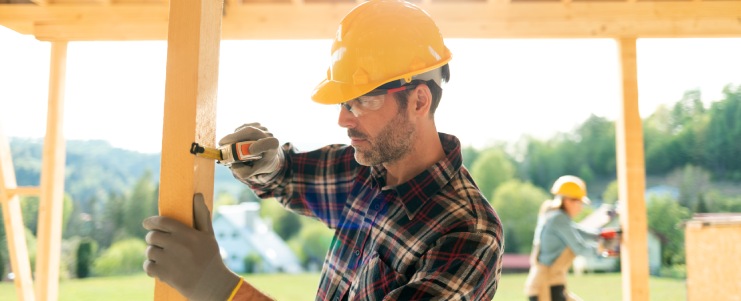
A sturdy home that can withstand the tougher climates of RGV requires a strong foundation. Imagine the concrete base of your house – that’s the foundation. The footing spreads the weight of the structure evenly, and the slab is the actual floor base.
The prerequisite to laying the concrete foundation involves clearing the land, grading (leveling) it, and maybe even soil testing to ensure a strong base for your home.
At this stage, the crew will install the footings. These act as the ground support system that prevents your home from sinking.
The concrete that’s poured in requires some time to settle in (technically called curing). During this time, there’s zero activity on site, and the crew works on other aspects.
Waterproofing and Plumbing
Once the concrete is cured, the construction crew applies the waterproof membrane to the walls. This membrane prevents water leakage and related damage. Thus, it’s advised to employ high-quality membranes.
Alongside that, the crew will install plumbing components like drains, sewer systems, and water taps.
Building Up
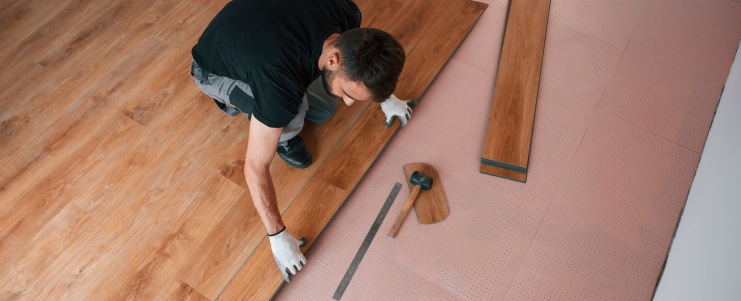
In the next phase, the building starts to take shape. The crew will install the skeletal structure of your house with lumber for walls, floors, and roofs.
Post that, they will be adding a protective layer (sheathing) to the frame and then wrapping the entire house in a special paper or material to keep out the elements.
The last part is this phase is the roof. Roof trusses (pre-built triangular supports) are installed, followed by chosen roofing materials like shingles or tile.
This phase can take one to two months, depending on the house plan.
The Phase of MEP Systems
While a lot goes into this phase, the focus is on MEP. MEP stands for Mechanical (HVAC), Electrical, and Plumbing. This is where the hidden magic happens – professionals install the ductwork for heating and cooling, electrical wiring, and plumbing pipes for all your water needs.
Also, the interior walls are built, creating the final room layout. Doors are often hung at this stage along with windows.
Insulation and Drywall
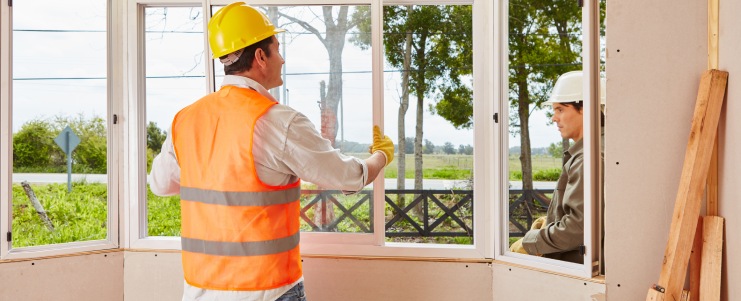
The summers can go out of hand in RGV. Good insulation ensures you can keep the indoors cooler. This also makes the home more efficient and reduces the HVAC bill.
The majority of the homes are insulated with exterior walls, the attic, and the floor. The crew will work towards that and apply insulation materials like fiberglass, foam, and cellulose.
Along with that, drywall boards are put up and taped to create smooth interior walls and ceilings.
Interior and Exterior Fixtures
Interior and exterior fixtures are typically installed during the “Bringing Your Home to Life” phase, which happens after the rough framing is complete and before the finishing touches. Timing is important since the house is still under construction, and fixtures can be easily damaged by dust, debris, or accidental bumps. Installing them later minimizes this risk.
For the interior, workers will install hardware like doorknobs, window handles, lighting, cabinets and countertops, and bathroom fixtures.
The exterior involves working on things like the garage door, outdoor lighting, and the vintage mailbox with your name printed on it.
Exterior Landscaping and Hardscaping
Landscaping and hardscaping are the final touches that transform your house into a beautiful and functional home from the outside. They add personality, improve functionality, and can even increase your property value.
You can have an underground sprinkler system that ensures your plants get the water they need, which is especially important in the RGV’s hot and dry climate. You can later plant the shrubs and flowers of your choice later.
For hardscaping, concrete, pavers, or flagstone can be used to create patios for entertaining, walkways for easy access, or even stepping stones through a garden. If your property has elevation changes, retaining walls can be built to hold back soil and create level areas.
Ultimately, the choice is yours. The construction team will follow your preference. The cost to build a custom home in RGV is high; hence, take your time and be specific with your requirements.
Flooring Installation
Flooring is the penultimate step that happens towards the very end of the home construction after the messy works are done. With everything else in place, like walls, cabinets, and countertops, measurements for flooring can be more precise, ensuring a perfect fit.
The process of flooring installation starts with the subfloor. The subfloor, which is the base layer under your final flooring material, is inspected and prepped. This might involve leveling uneven surfaces or adding moisture barriers, depending on the type of flooring chosen.
Then, the chosen flooring material (wood, carpet, tile, etc.) is installed. This can involve gluing, nailing, or clicking the pieces together.
Flooring usually takes a few days to a week.
Final Stretch
The final stretch is the 1% of the work and involves things like customization, inspection, and final walk-through. This is your chance to inspect the finished product and point out any minor touch-ups needed before you move in.
So take your time and consult with your home builder for a perfect home.
Build Your Rio Grande Valley Custom Home Today!
Remember, this is a simplified overview. Depending on your project’s complexity, the process and timeline can vary. But hopefully, this gives you a good idea of the exciting journey that goes into building your dream home in the Rio Grande Valley! For a better understanding, talk to a luxury custom home builder today!
Trevino Construction is one of the leading luxury custom home builders known for its state-of-the-art ideas and execution. Contact us to learn more.

